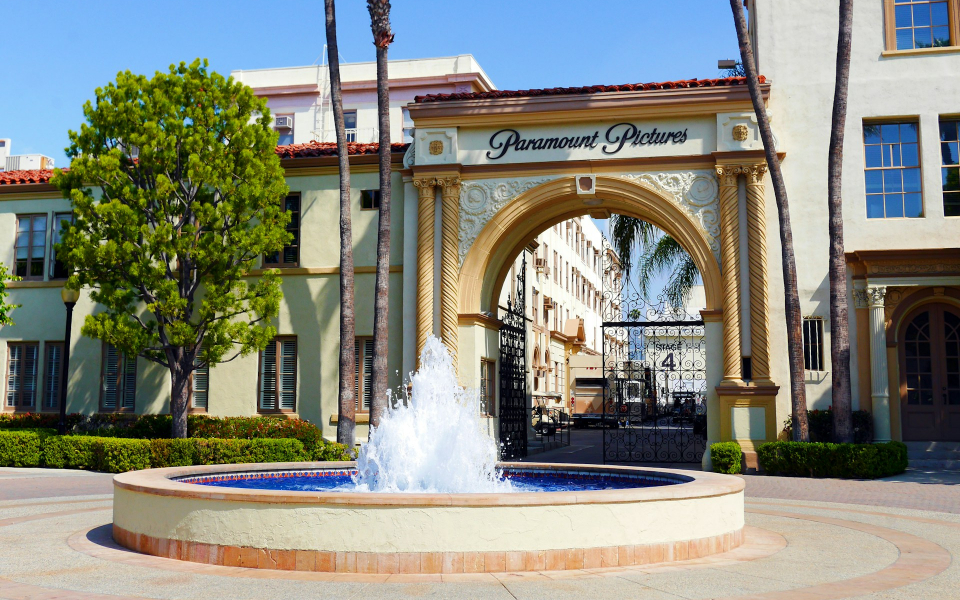The $5.25 billion Panama Canal expansion project, intended to accommodate Post-Panamax ships that are currently too big to pass through the current Canal, is scheduled to be operational by April 2016. According to the Panama Canal Authority, the project will increase the canal's annual capacity from 300 million tons of cargo to 600 million tons and will effectively triple the amount of cargo that can be brought on a single ship. The project will facilitate the burgeoning Asia-Americas trade by allowing more and bigger ships to pass through the canal and alleviating the canal's detainment problem; while 40 vessels are able to pass through the canal every day, 100 more will be on the waiting list.

"The expansion of the canal...is good news for Chinese shipping companies," says Wei Chunfeng, manager of the Panama branch of China Ocean Shipping Company. "The shipping cost of each TEU [twenty-foot equivalent unit] will be lower... To shipping companies, being able to transport more cargo at a lower cost is very important. Most Chinese products available in American supermarkets are shipped through the Panama Canal."

In addition to boosting Chinese exports to the Americas, the expansion of the canal should also boost the competitiveness of American exports to China. Agricultural produce from the Midwestern United States transported via the Mississippi River and from Brazil are likely to become cheaper to ship. The petroleum industry of the United States is also likely to benefit as natural gas and oil from the Gulf Coast becomes easier to ship. Liquefied natural gas (LNG) carriers, currently too big to pass through the canal, will soon be able to do so; this will make LNG cheaper for Asian buyers and greatly benefit involved companies such as Cheniere Energy
However, these economic benefits will not be spread evenly in the United States. According to a recent study by Boston Consulting Group, 10% of East Asia container traffic going to West Coast ports will be redirected to East Coast ports by 2020 thanks to the canal expansion. Goods that have high transportation costs, such as couches or tires, will likely be shipped directly to East Coast ports and moved to the Midwest, which means increased employment along eastern supply chains and distribution centers. East Coast ports ranging from Baltimore and Charleston are improving their infrastructure to take advantage of the situation. For example, the Port Authority of New York and New Jersey is spending $1.3 billion to raise the Bayonne Bridge that spans over the entryways into the marine terminals of Port Newark, Elizabeth and Howland Hook on Staten Island in order to accommodate the larger ships. Deep ports in the Caribbean such as Kingston in Jamaica are also likely to benefit from additional traffic.

Nonetheless, shipping costs are not the only important factor. Possible changes in canal fees and fuel costs may mitigate shifts away from the current West Coast intermodal freight transport system where goods are offloaded in West Coast ports and transported to the US interior via railway or truck. Goods more reliant on timely transit, such as fashion, will still be unloaded in West Coast ports. Yet companies that prefer to unload their goods at West Coast ports may still shift their supply chains eastward to minimize the risk of disruption by labor disputes, such as the one that caused gridlock in West Coast ports in late 2014.



















